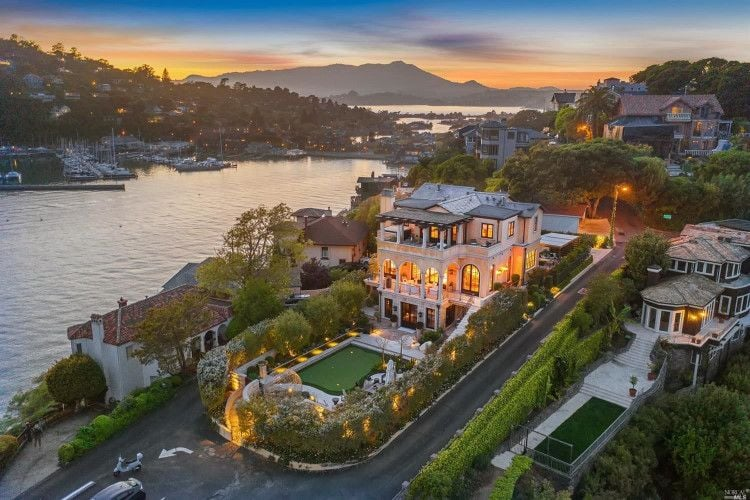The Rise of Eco-Friendly Homes in Marin County
- Jamie Lockett

- Sep 24
- 2 min read

In Marin County, sustainability isn’t just a buzzword — it’s becoming a central feature in how homes are built, marketed, and purchased. From energy upgrades to water efficiency and climate resilience, eco-friendly features are increasingly turning into key differentiators in the local real estate market. Here’s what’s driving the trend and what it means for buyers and sellers.
What’s Fueling the Trend in Marin
1. Green Home Tours & Community Education
Marin County recently revived its Green Home Tour, bringing residents into real homes to see energy- and water-conserving upgrades in action. Local News Matters+2marincounty.gov+2 This helps normalize sustainable upgrades and gives local homeowners ideas for improvements.
2. County Incentive Programs & Support
The county supports programs like Green House Call, which offers no-cost energy and water efficiency assessments for residents, helping lower utility bills and promote sustainable retrofits. marincounty.gov
3. Strong Local Demand for Sustainability
Many Marin homeowners and buyers already lean environmentally conscious. Real estate firms promote “sustainable living” as a lifestyle value — from solar power to water efficiency and electrification of appliances. boulevardmarin.com
4. Building Green Is Economically Sensible
In Marin (and Sonoma), green building practices are gaining traction because they reduce operating costs, improve indoor air quality, and can raise the home’s value and market appeal. healthybuildingscience.com+1
Key Features in Eco-Friendly (Green) Homes
Here are features you’ll increasingly see in Marin’s eco homes:
Feature | Why It Matters Locally |
Solar panels + battery storage | High electricity costs in Marin make solar attractive; battery backup adds resilience |
Heat pumps & electrification | Moving away from gas systems aligns with local climate goals and decarbonization |
Water conservation systems | Rainwater harvesting, low-flow fixtures, greywater reuse — crucial in drought-prone CA |
Insulation & high performance windows | Helps manage cooling and heating loads in Marin’s microclimates |
Native landscaping & xeriscaping | Reduces water use and supports local ecosystems |
Smart home energy systems | Helps monitor and optimize usage dynamically |
Sustainable materials & low-VOC finishes | Improves indoor air quality and aligns with eco-conscious buyers |
Market Implications: What Buyers & Sellers Should Know
For Buyers
Look for “green certifications” or verified performance data: Don’t just take claims — inspect or ask for energy audits.
Factor in operating cost savings: Send “total cost of ownership” (utilities, maintenance) into your decision, not just the listing price.
Be ready to pay more upfront: Eco upgrades often have higher initial costs but pay off over time.
Use incentive programs: Marin and regional programs (rebates, tax credits) may help offset installation costs.
For Sellers
Highlight eco features in listing copy and photography: Solar, smart thermostats, drought-tolerant landscaping — make them selling points.
Get performance metrics: Show before/after energy or water bills, audits, or projections to back your claims.
Target the right buyer segments: Buyers moving from urban areas who prioritize sustainability may be especially drawn to these homes.
Invest smartly: Focus on upgrades with good payback (solar, insulation, efficient HVAC) rather than trendy but costly ones that don’t appeal broadly.




Comments